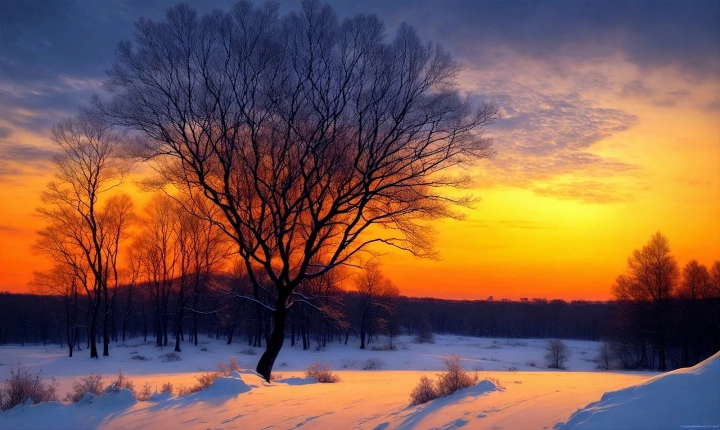AI Pictures: How Artificial Intelligence is Transforming the World of Photography
As technology continues to advance at a rapid pace, the realm of photography is not immune to the transformative power of artificial intelligence (AI). AI-powered pictures are redefining the way we capture, edit, and appreciate images, touching almost every aspect of the visual arts industry. From enhancing image quality to creating entirely new forms of art, AI pictures are a testament to the endless possibilities of technology within the world of photography.
One of the key ways AI is revolutionizing photography is through image enhancement and editing. Traditional photo editing software required manual adjustments made by a human, often requiring significant time and expertise. However, AI-powered editing tools such as deep learning algorithms can automatically enhance and retouch images to improve overall clarity, color balance, and composition. These AI tools can detect and correct imperfections in photos, giving photographers more time to focus on the creative aspects of their work rather than technical details.
Additionally, AI is being utilized to enable new forms of artistic expression in photography. Generative Adversarial Networks (GANs) have been used to create entirely new images that exhibit human-like artistic qualities, blurring the line between what is real and what is artificially created. This has led to the emergence of AI-generated art, which is gaining recognition and appreciation in the art world. These AI-generated images are fascinating art collectors, sparking discussions about the nature of creativity and the role of AI in the artistic process.
The integration of AI into smartphone cameras has also led to significant advancements in mobile photography. AI technology can optimize and enhance photos in real-time, adapting to different scenes and lighting conditions. This ensures that users can capture high-quality images without requiring advanced technical knowledge or manual adjustments. Features like automatic scene recognition, image stabilization, and portrait mode are all made possible by AI, simplifying the photography process and empowering users to take better photos with their smartphones.
Furthermore, AI is enabling the development of new photography techniques that were previously impossible or impractical. For instance, AI-powered super-resolution algorithms can enhance the resolution and detail of images, surpassing the limitations of traditional image processing techniques. This has implications for fields such as satellite imaging, medical imaging, and forensics, where higher image resolution can lead to more accurate analysis and decision-making.
As with any technological advancement, the rise of AI in photography raises ethical and legal considerations. The proliferation of AI-generated images raises questions about intellectual property rights and the artistic intent of creators. Furthermore, the potential for AI to manipulate and fabricate images has sparked concerns about misinformation and its impact on society.
While AI continues to push the boundaries of what is possible in the realm of photography, it is important to acknowledge and address these ethical implications. Transparency and responsible use of AI technology are critical in ensuring the integrity and authenticity of images in the digital age.
In conclusion, AI-powered pictures are reshaping the world of photography, offering new possibilities for creativity, efficiency, and artistic expression. From enhancing image quality to enabling new forms of art, AI’s impact on photography is undeniable. As AI technology continues to evolve, the future of photography is poised to be even more profoundly influenced by the power of artificial intelligence.
